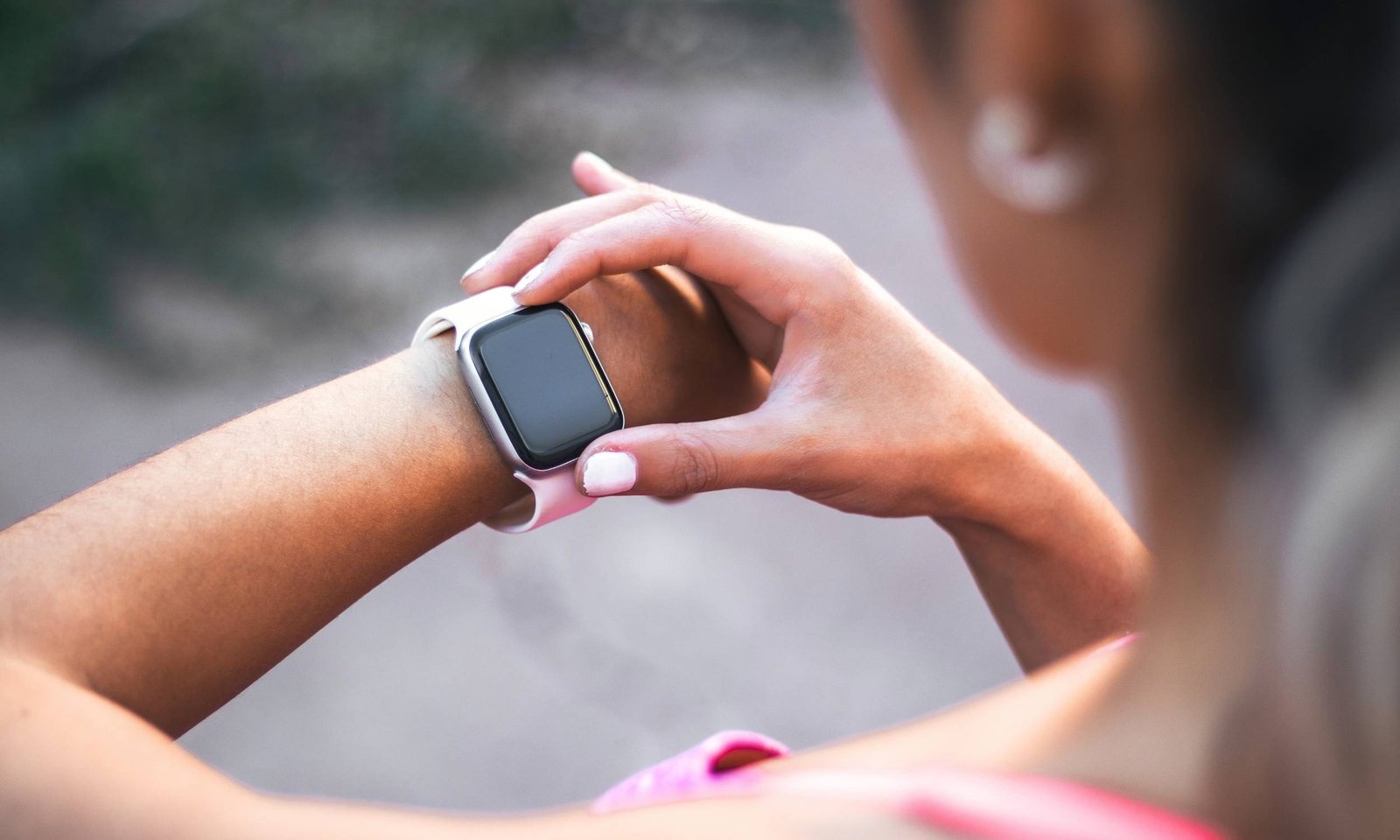Wrist-worn fitness trackers have become everyday companions. From counting steps to checking heart rate, these devices promise insights into our health. Among them, the Apple Watch leads the market, worn by millions daily. But as their popularity grows, an important question remains: are these devices truly accurate?
People use wearable technology to make choices about exercise, health, and recovery. With that much influence, even small inaccuracies could cause big problems. Overtraining, misreading health warnings, or making flawed decisions might follow.
To understand this better, a research team from the University of Mississippi investigated how well the Apple Watch performs across different settings.
Professor Minsoo Kang and doctoral student Ju-Pil Choe conducted a detailed review. They analyzed 56 peer-reviewed studies comparing Apple Watch data to standard medical-grade tools. Their focus included three major metrics: heart rate, step count, and energy expenditure.
The researchers also considered how accuracy varied across Apple Watch models, user ages, physical conditions, and workout types. The goal was to give consumers and professionals a grounded view of what the device gets right and what it doesn’t.
According to Choe, that clarity is vital. “If people are using them to make decisions about their workouts or even medical conditions, the data should be accurate,” he said. “If the numbers are off, it could lead to confusion, overtraining or even miss health warnings.”
Wearables have exploded in popularity. In 2015, only about one in eight Americans used activity monitors. By 2019, wearable technology had climbed to the top of global fitness trends. This growth continues, cutting across age, fitness level, and even health status.
Devices like the Apple Watch offer users a sense of control. People feel empowered to track progress, stay active, and even detect irregular heart rhythms.
But trust in that data depends on how well the device performs in real-life conditions. That’s why Kang and Choe’s work is so important. It pushes beyond hype and asks hard questions.
After analyzing results across studies, the researchers found clear patterns. For heart rate, the Apple Watch performed well. It had a mean absolute percent error of just 4.43 percent, which is within an acceptable range. Step count measurements also showed decent accuracy, with an 8.17 percent error rate.
However, the real problem came with calorie tracking. The device’s estimates for energy expenditure showed a much larger error, 27.96 percent. That means the calorie numbers users see can be quite far from reality.
This inaccuracy was consistent across different types of workouts, including walking, running, cycling, and interval training.
These results raise an important issue. Should people rely on their Apple Watch to make health decisions? According to Kang, the answer is no. While the device serves as a useful support tool, especially during recovery, it does not replace clinical methods.
“These devices are great for keeping track of habits and staying motivated,” he said. “But do not take every number as 100% truth, especially the calories. Think of it as a helpful guide, not a diagnostic tool. It is useful but not perfect.”
The gap between perceived and actual accuracy could mislead users, especially those with health concerns. Fitness enthusiasts may overtrain if they think they haven’t burned enough calories. Others might miss signs of fatigue or illness.
The researchers found some hope in the data. Newer Apple Watch models performed slightly better than earlier versions. This suggests that Apple is continuously improving its sensor technology and algorithms.
“While we cannot say every update is a big leap forward, there is a noticeable trend of gradual improvements over time,” Choe said. “It shows that Apple is refining the technology over time.”
That means today’s Apple Watches are more accurate than models from five years ago. Still, calorie tracking remains the weakest link, showing the need for more development in that area.
The study aims to do more than inform consumers. Kang hopes the findings can help tech developers improve future models and build trust in the product.
“By showing where the weaknesses are, we can help developers get real feedback,” he said. “If they know what needs to be fixed, they can design better sensors or algorithms.”
“Our findings can guide improvements and help make these devices more useful for both everyday users and health care providers.”
The study stands as a reminder that wearables, while promising, still have limits. They offer motivation and basic insights, but not medical-level accuracy. Users should stay aware of what these devices can and cannot do.
The Apple Watch delivers strong performance in tracking heart rate and steps. That alone can help people stay consistent and motivated. But when it comes to calorie counting, the numbers may mislead.
Wearable devices are improving, but they still need refining. Researchers like Kang and Choe are helping bridge the gap between tech enthusiasm and scientific accuracy.
Ultimately, the study helps users make better choices and helps manufacturers know where to improve. If you wear an Apple Watch, just remember – it’s a companion, not a clinician.
The study is published in the journal Physiological Measurement.
—–
Like what you read? Subscribe to our newsletter for engaging articles, exclusive content, and the latest updates.
Check us out on EarthSnap, a free app brought to you by Eric Ralls and Earth.com.
—–
